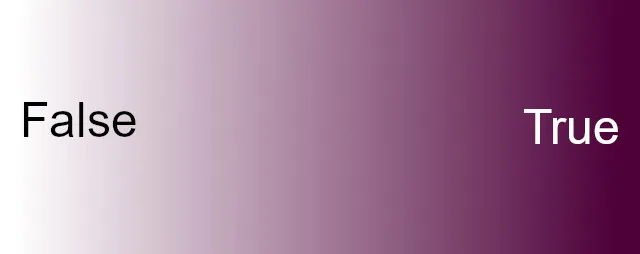Long time ago, all the way up to the University level, I learned a lot of Math. Since I haven't followed through, I forgot most of it, but not the instilled requirement of a thorough, logical demonstration.
One of our rather exotic courses at the University, for students who studied almost equally Mathematics and Computer Science, was Statistics.
But why exotic? Statistics is used widely in work environments.
It was exotic because of the Professor who taught it, I think. Being a branch of the Mathematics Faculty, we didn't really accept when he started to list us a bunch of formulas and, when he tried to put them together in an example and they didn't seem to fit, to tell us "it should be this way" without a proper explanation. So he got from us a bunch of smiles in return, at least...
But I'm sure this way of teaching was accepted where it was the main course. I've actually seen quite recently an online course by a Stanford Professor about financial markets, so another guy teaching Economics, who followed the same pattern in this regard.
Why am I bringing this up?

Because different people see things differently. Statistics, just like probabilities, don't operate with certainties. Some people prefer that when a result is reached, it is clear. True or false. White or black.
I mean, an architect gives precise measurements. A house can't have a ground print of 100x100 meters, give or take 2-3 meters. But a roads engineer should be able to approximate how much better for the traffic would be to build a bridge in position A versus position B.
Others are used to operate mainly with statistics and probabilities. Advertisers work with statistics for example. They can tell you the click-through rate of an online ad, but they can't tell you if the next click converts or not. Although I'm sure they'd love to know that information. ;)
Mostly in life there are nuances, not certainties. Which make statistics and probabilities pretty important domains.
Computers operate only with 1s and 0s. But that didn't stop us from teaching them statistical and probabilistic models, and by teaching I don't even mean like an artificial intelligence, but simply by giving them an exact program that tells them what to do.
Maybe there's hope for those who only see true or false, white and black, and miss out the shades of gray, after all. Shades of gray doesn't sound so cool, although they are the accurate gradient from black to white or vice versa.
How about shades of purple instead? :)

But how much flexibility should we have? I mean there are some kind of people who easily treat true as false and vice versa, or jump from one to the other without any issues. I'd say that's too... flexible, for me.